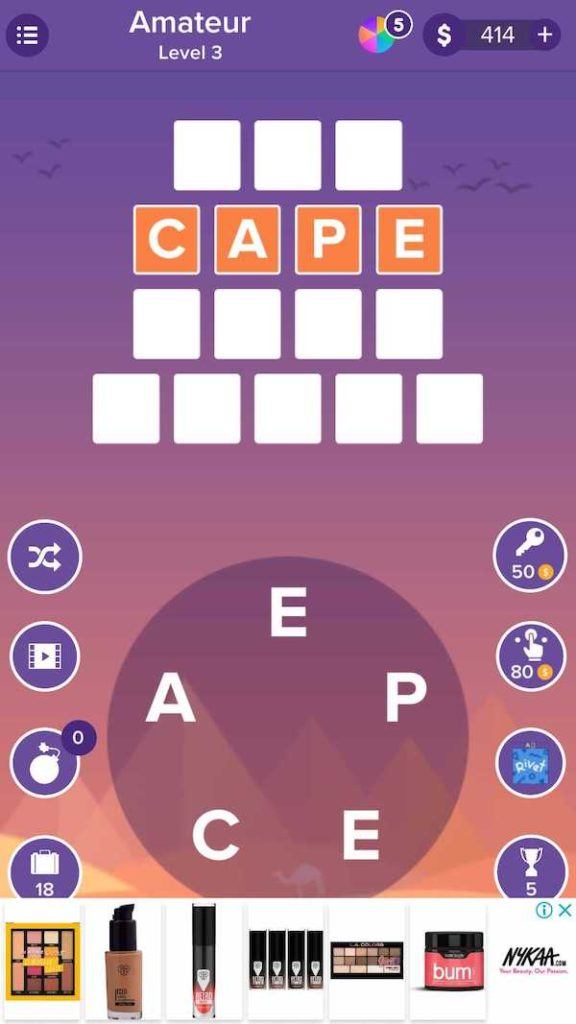
Of course, this makes it all the harder to form the words in your head. Can you help me?” Younger children will only be able to think of three- or four-letter words, so will keep on repeating the same ones.Īs you go from one level to another, the letters move faster, shrink in size and disappear when not used. Nor, is it a game for younger children, unless the parents play along and ask questions along the way, “What goes, Meow? That’s right, ‘Cat.’ How do you spell cat? Let’s find the letters ‘C,’ ‘A’ and ‘T’.

This is not a game that should be played when you or your children are tired, frustrated or angry. Sometimes, you may start with a word in mind and then find it is necessary to spell a different word when the letter needed is not seen on the screen. You have to draw upon the words in your head and find the letters that spell those words. In this game, the players do not receive a list of words that they have to find. The longer the word found, the more points received. As the balls move slowly or more quickly (depending on which option chosen) across the screen, the player needs to tap on the ones that make a word and then enter that word for play. The balloons, in this case, are balls with an individual letter. Just think of balloons that are floating up and around the screen. In addition, you really need to be quick on the draw, since the more words you make the better will be your score. For adults, it’s a great way to remember old words and keep those cognitive wheels going inside their heads. For kids, it’s a great way to learn new and find old words and expand those cognitive wheels inside their heads. So, whether I play Word Ball with or without my kids, I will play language games like Word Ball.
Where other people are addicted to physics games, such as Angry Bird, or target or math games, I’m addicted to word games.


 0 kommentar(er)
0 kommentar(er)
